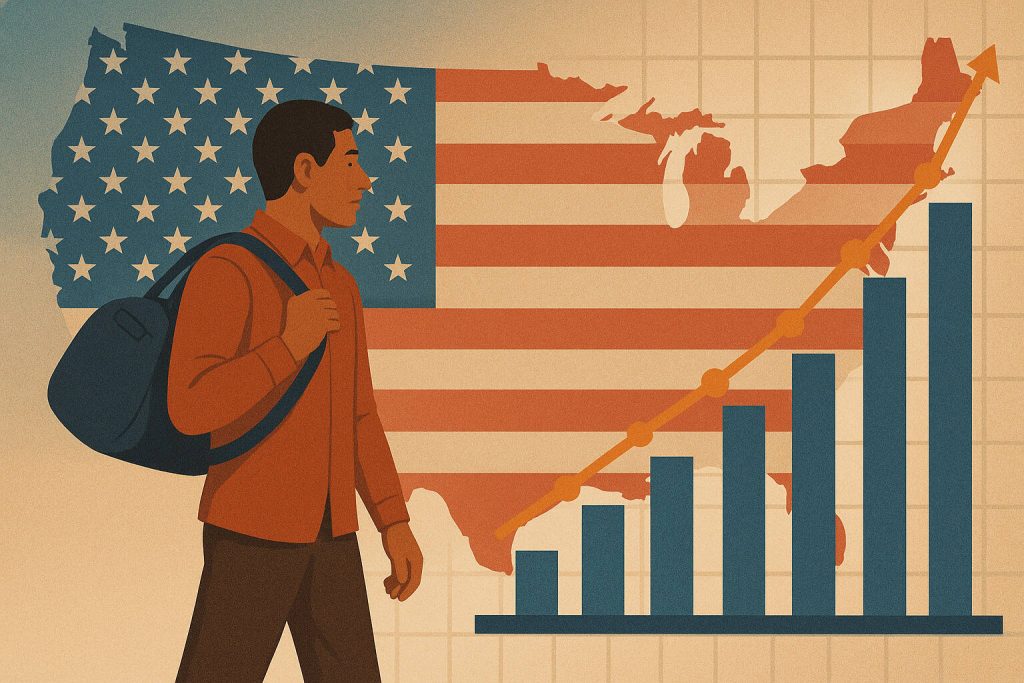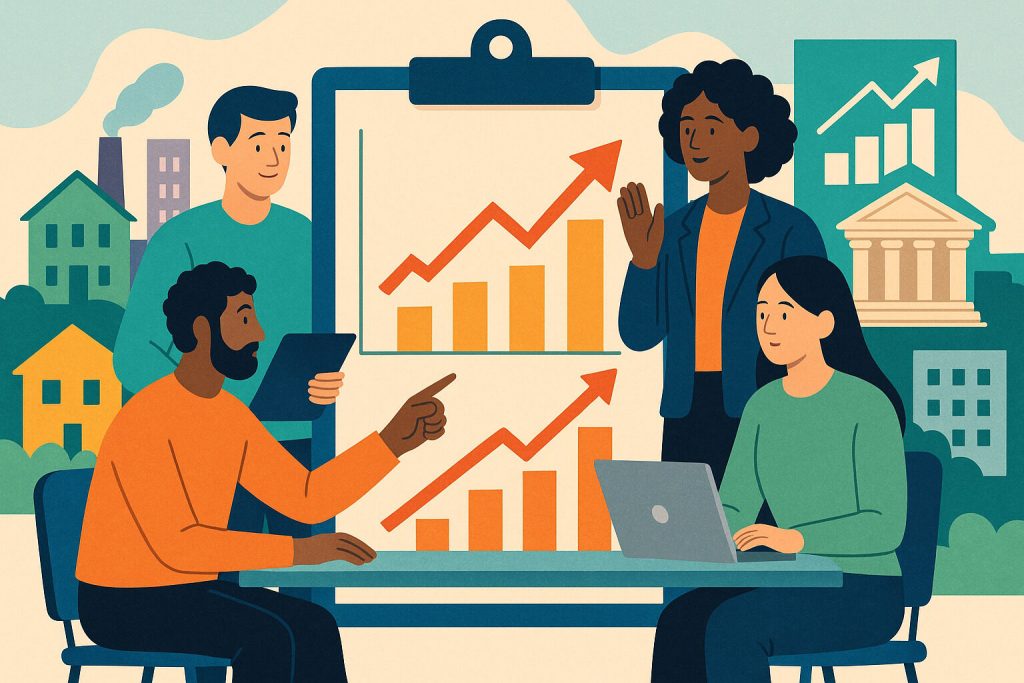
Understanding the Connection Between Taxes and Economic Growth
Taxes influence nearly every aspect of an economy. They affect how much people spend, save, and invest. When governments adjust tax policies, they can either encourage or discourage economic activities. For instance, lower taxes might lead to more spending and investment, while higher taxes could slow down these activities.
Businesses also respond to tax changes. A reduction in corporate taxes can lead to increased investments in equipment and hiring. On the other hand, higher taxes might cause businesses to cut back on these investments.
It’s essential to recognize that tax policies don’t operate in isolation. They interact with other economic factors, such as interest rates and government spending, to shape the overall economic landscape.
The Role of Tax Cuts in Stimulating Growth
Tax cuts are often used as a tool to stimulate economic growth. By reducing the tax burden, individuals have more disposable income, and businesses have more capital to invest. This can lead to increased consumption and investment, driving economic expansion.
However, the effectiveness of tax cuts depends on various factors, including the current state of the economy and how the cuts are structured. For example, tax cuts targeted at low- and middle-income individuals might lead to more significant increases in consumption compared to cuts for higher-income individuals.
It’s also important to consider the long-term implications. While tax cuts can boost growth in the short term, they might lead to higher deficits if not offset by spending cuts or increased revenue from other sources.
The Impact of Tax Increases on Economic Activity
Tax increases can have a dampening effect on economic activity. Higher taxes reduce disposable income for consumers and can decrease profits for businesses. This might lead to reduced spending and investment, potentially slowing down economic growth.
However, tax increases can also be used to fund essential public services and infrastructure projects, which can have positive effects on the economy in the long run. The key is to balance the immediate impact of tax increases with their potential long-term benefits.
Moreover, the timing and structure of tax increases matter. Gradual and well-communicated tax hikes might be less disruptive than sudden, unexpected increases.
The Importance of Tax Policy Stability
Stable and predictable tax policies are crucial for economic planning. Businesses and individuals make long-term decisions based on expectations about future tax rates. Frequent changes in tax policy can create uncertainty, discouraging investment and spending.
For instance, if businesses anticipate future tax increases, they might delay investments. Similarly, individuals might alter their saving and spending habits in response to expected tax changes.
Therefore, maintaining a consistent and transparent tax policy framework can foster a more conducive environment for economic growth.
The Role of Tax Policy in Addressing Income Inequality
Tax policy is a powerful tool for addressing income inequality. Progressive tax systems, where higher earners pay a larger percentage of their income in taxes, can help redistribute wealth and reduce disparities.
Additionally, tax revenues can be used to fund social programs, education, and healthcare, providing support to lower-income individuals and promoting social mobility.
However, it’s essential to design tax policies that balance equity with efficiency. Overly high tax rates might discourage work and investment, potentially hindering economic growth.
The Influence of Tax Policy on Business Decisions
Businesses consider tax implications when making decisions about investment, hiring, and expansion. Lower corporate tax rates can incentivize businesses to invest in new projects, hire more employees, and expand operations.
Conversely, higher taxes might lead businesses to cut back on investments or relocate to jurisdictions with more favorable tax environments.
Therefore, tax policy plays a significant role in shaping the business landscape and, by extension, the broader economy.
The Interaction Between Tax Policy and Government Spending
Tax policy and government spending are two sides of the fiscal policy coin. While taxes provide the revenue needed for public expenditures, the level and composition of government spending also influence economic growth.
For example, tax revenues can be invested in infrastructure, education, and research, which can enhance productivity and long-term growth.
Balancing tax policy with effective government spending is crucial for sustainable economic development.
The Global Perspective on Tax Policy and Economic Growth
Tax policies don’t exist in a vacuum; they are influenced by global economic trends and competition. Countries often adjust their tax policies to attract foreign investment and remain competitive in the global market.
For instance, some countries have reduced corporate tax rates to entice multinational corporations to set up operations within their borders, aligning such incentives with broader fiscal frameworks that support economic growth and competitiveness.
However, this can lead to a “race to the bottom,” where countries continuously lower tax rates, potentially undermining their revenue base.
International cooperation and coordination on tax matters are essential to prevent harmful tax competition and ensure fair and effective tax systems globally.
The Role of Tax Policy in Economic Recovery
In times of economic crisis or recession, tax policy becomes a critical lever for stabilizing the economy and initiating recovery. Strategic tax cuts, credits, and deductions can help stimulate demand by putting more money directly into the hands of consumers. When people have more disposable income, they are more likely to spend, which fuels business activity, supports job retention, and helps stabilize declining sectors. Similarly, reducing certain business taxes can ease financial pressure on companies struggling with falling revenues and tight credit markets.
For instance, temporary tax incentives—such as accelerated depreciation, investment tax credits, or payroll tax relief—can serve as powerful motivators for businesses to invest, expand, or hire even during economic uncertainty. These tools lower the cost of capital and signal government support, helping restore confidence. During the 2008 global financial crisis, and again in the COVID-19 pandemic, many governments implemented stimulus packages with tax measures tailored to revive activity in key industries, from manufacturing to healthcare.
However, the design of these tax measures is crucial to their effectiveness. If they are too broad, they may miss their target or create windfalls for companies that do not need aid. If they are too narrow, they may not provide sufficient impact. Economists emphasize the importance of the “three Ts”—targeted, timely, and temporary—to ensure that tax policy addresses the specific needs of the downturn without creating structural deficits or long-term imbalances. In essence, tax policy in recovery periods must strike a balance between short-term relief and long-term fiscal responsibility.
The Future of Tax Policy and Economic Growth
As the global economy continues to evolve, tax policy must keep pace with rapid changes in technology, climate priorities, and population dynamics. Traditional tax systems, largely designed for industrial-era economies, now face challenges posed by the digital economy, cross-border commerce, and nontraditional income sources. Policymakers must navigate how to generate sufficient revenue while ensuring fairness and economic competitiveness. This evolving context requires tax systems that are more agile, inclusive, and globally coordinated.
One of the most pressing issues in modern tax policy is how to effectively tax the digital economy. Global tech giants often operate across multiple jurisdictions with limited physical presence, making it difficult for countries to apply traditional corporate tax rules. As a response, some nations are introducing digital services taxes, while international organizations like the OECD are pushing for unified frameworks to prevent tax base erosion. Simultaneously, environmental concerns are shaping tax strategies, with tools such as carbon taxes and green tax incentives gaining traction as governments seek to reduce emissions and promote sustainability.
In preparing for the future, governments must ensure that tax reforms support long-term growth while addressing pressing societal needs. This includes using taxes not only as a source of revenue but also as a means to influence behavior, promote equity, and stimulate innovation. Tax policy must also address demographic shifts, such as aging populations, which will increase pressure on public resources. The future of economic growth depends on designing adaptive and forward-thinking tax systems that balance fiscal health with social inclusion and environmental stewardship.


